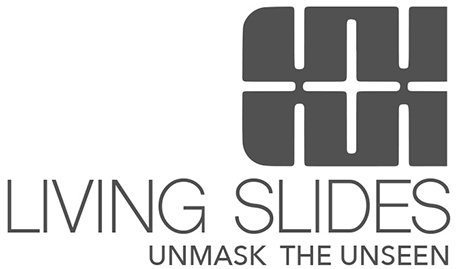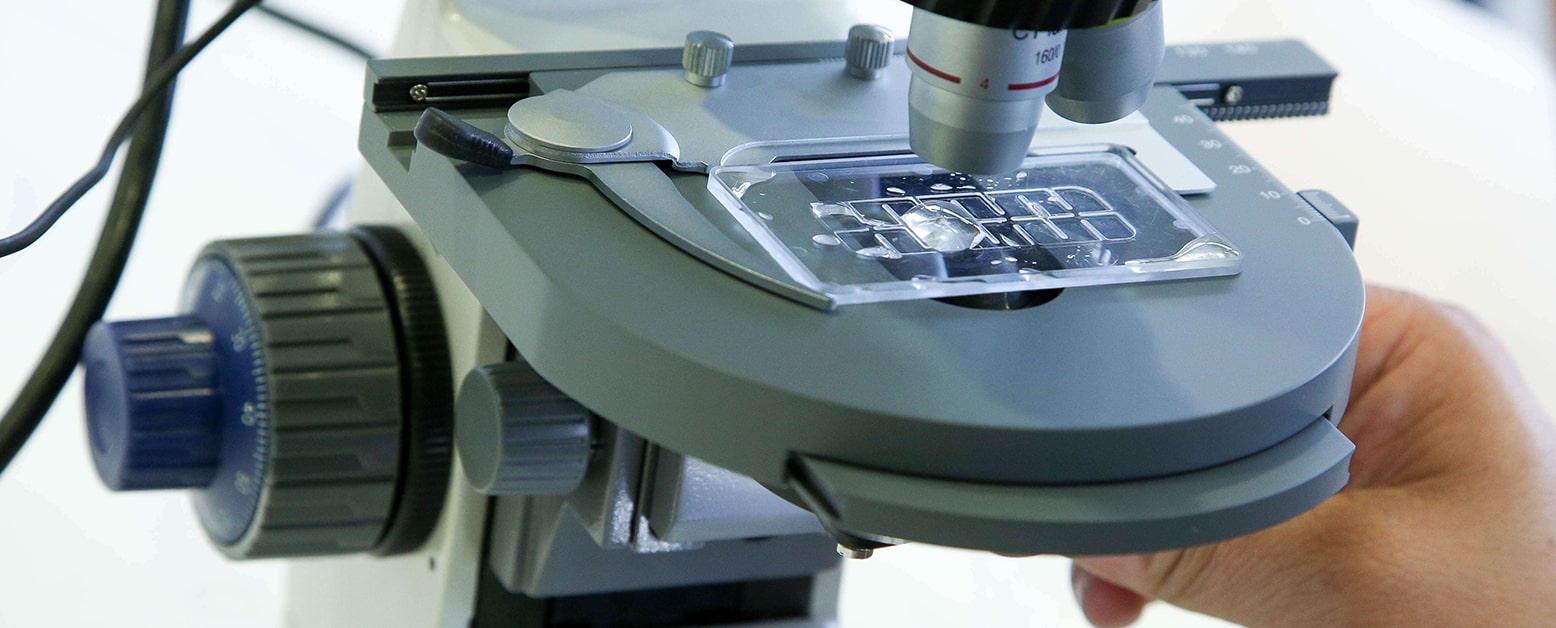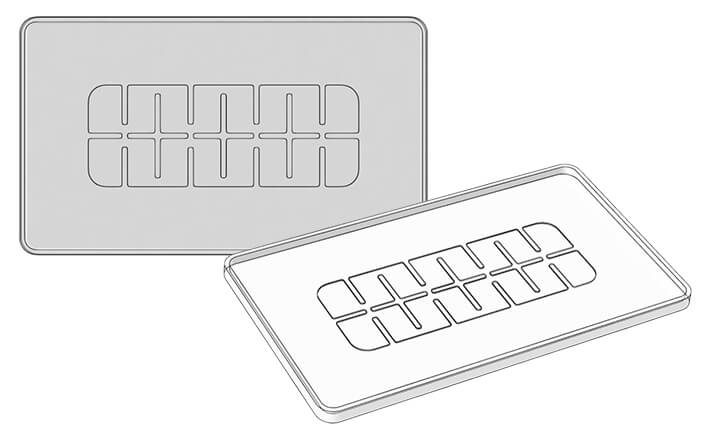
INNOVATIVE NEW WAY OF LOOKING AT SPECIMENS
Designed by a science teacher for educators, the LiveSlide® is proving to have additional applications in the world of science and microscopy including biological labs, research labs, medical labs and environmental testing. Never before has it been so easy to view microorganisms, including bacteria, fungi and protists.

The LiveSlide® was created to improve the traditional and digital microscope experience when examining microorganisms of all types. The exceptional performance of the LiveSlide® offers higher magnification clarity, convenience, ease of handling and a uniform viewing well beyond what has been available in the microscopy world.
LiveSlide® microscope slide features and benefits:
- Uniform depth of large viewing well is 0.23mm and perfect for maintaining a shallow depth of field
- Innovative configuration has partitions to keep specimens in the viewing area allowing for easy tracking
- Optically clear slide made of Makrolon® polycarbonate making it durable and reusable
- Excellent impact resistance for safe use both indoors and outdoors
- Can be used as a traditional slide providing for dual-purpose use
- Can be used with traditional and digital microscopes offering versatility
- Includes 2 reusable coverslips made of Makrofol® (0.013mm and 0.025mm)
- 100% made in the USA
- LiveSlide® Safety Data Sheet

Having worked with all types of live specimen slides over the past 20 years, I’ve seen the development of some pretty impressive innovations. The LiveSlide® is one of the best I’ve used. Unlike dimple slides and other conventional well slides, the LiveSlide® offers exceptional clarity. Because of the shallow 0.23mm depth and the 0.005″ (0.013mm) and 0.010 (0.025mm) thick cover slips, observations at 400X are extremely detailed.
The Makrolon® slide and coverslips remain scratch free even after repeated use and cleaning. The partitioned well plate of the LiveSlide® makes both positioning and specimen tracking effortless. I can truly say that by using the LiveSlide®, I have seen and made observations with zooplankton that I have never seen before.
The Makrolon® slide and coverslips remain scratch free even after repeated use and cleaning. The partitioned well plate of the LiveSlide® makes both positioning and specimen tracking effortless. I can truly say that by using the LiveSlide®, I have seen and made observations with zooplankton that I have never seen before.
Video: Copepod 200x
Video: Pinnularia Diatom 400x
Video: Ostracod 100x
Video: Tardigrade (also known as water bear) 400x
Video: Copapod 400x
Video: Rotifer 400x
